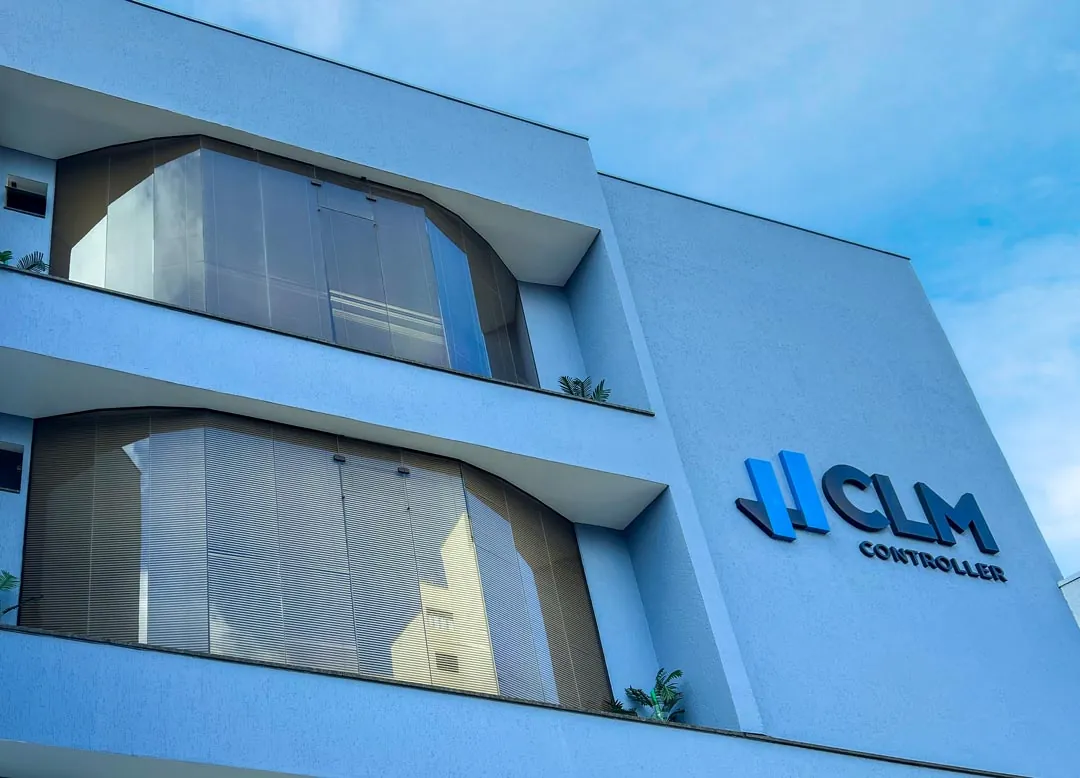Understand the unique challenges faced by industries when choosing Presumed Profit as their tax regime. This article offers crucial guidelines for accurate calculation and tax optimization strategies.
Tax management in an industry in Brazil is a constant challenge, considering the complexity and high tax burden. Faced with this scenario, choosing the right tax regime becomes crucial, and Presumed Profit has emerged as an option for many industries.
Now, we will explore the specific challenges faced by industries that opt for Lucro Presumido and provide essential guidelines for correct calculation, as well as strategies for tax optimization.
What is Presumed Profit?
How are taxes calculated in Presumed Profit for industries?
In Presumed Profit, the calculation of taxes is based on the industry's presumption of profit. The main calculations are Corporate Income Tax (IRPJ) and Social Contribution on Net Profit (CSLL). For industries, the presumption is 8% for IRPJ and 12% for CSLL. The tax rates on these presumptions are 15% for IRPJ and 9% for CSLL. In addition, PIS and Cofins are calculated monthly on a cumulative basis, with rates of 0.65% and 3.00%, respectively.Practical Calculation Example
Suppose an industry has invoiced R$ 20 thousand in the quarter. The calculation would be as follows:Corporate Income Tax (IRPJ)
- IRPJ presumption: R$ 20,000 * 0.08 = R$ 1,600
- Levy rate on the presumption: R$ 1,600 * 0.15 = R$ 240.00
Social Contribution on Net Profit (CSLL)
- CSLL presumption: R$ 20,000 * 0.12 = R$ 2,400
- Levy rate on the presumption: R$ 2,400 * 0.09 = R$ 216.00
PIS and Cofins (Monthly)
- PIS: R$ 20.000 * 0,0065 = R$ 130,00
- Cofins: R$ 20,000 * 0.03 = R$ 600.00
| Tax | Calculation Basis | Presumption | Rate | Amount to be collected |
|---|---|---|---|---|
| IRPJ | R$ 20,000 | 8% (R$ 1.600) | 15% | R$ 240,00 |
| CSLL | R$ 20,000 | 12% (R$ 2.400) | 9% | R$ 216,00 |
| PIS | R$ 20,000 | - | 0.65% | R$ 130,00 |
| Cofins | R$ 20,000 | - | 3% | R$ 600,00 |



